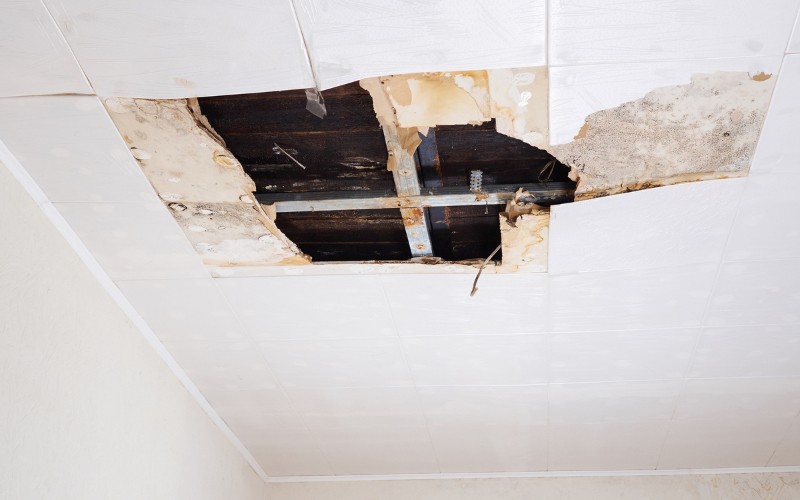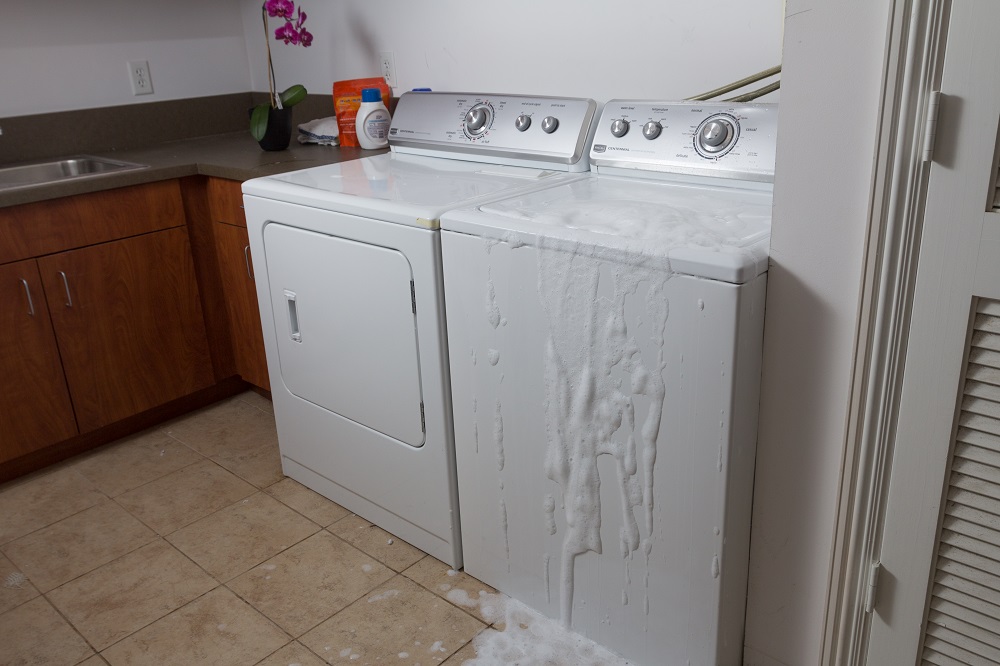Table of Contents

Water damage on the ceiling can be a homeowner’s worst nightmare. Not only does it compromise the structural integrity of your home, but it can also lead to costly repairs and potential health hazards such as mold growth. Fortunately, there are proactive steps you can take to prevent water damage from occurring in the first place. In this guide, we’ll explore effective tips for homeowners to safeguard their ceilings and homes against water damage.
Tips to Prevent Water Damage on the Ceiling
1. Regular Inspections:
One of the most important steps in preventing water damage on the ceiling is to conduct regular inspections of your home. Look for signs of leaks or water stains on the ceiling, which may indicate a hidden problem such as a leaky roof or plumbing issue. Catching these issues early can help prevent them from causing extensive damage to your ceiling and home.
2. Maintain Your Roof:
Your roof plays a crucial role in protecting your home from water damage. Inspect your roof regularly for missing shingles, damaged flashing, or any other signs of wear and tear. Promptly repair any issues to prevent water from seeping into your home and causing damage to your ceiling.
3. Clean Your Gutters:
Clogged gutters can lead to water overflow, which can then seep into your home and cause water damage on the ceiling. Make sure to clean your gutters regularly, especially during the fall when leaves and debris are more likely to accumulate. Consider installing gutter guards to prevent debris buildup and ensure proper water flow away from your home.
4. Check Your Plumbing:
Leaky pipes or plumbing fixtures can cause water to drip onto your ceiling, leading to unsightly water stains and potential structural damage. Inspect your plumbing regularly for any leaks or signs of corrosion, and repair or replace damaged components as needed. Additionally, consider installing water leak detection devices to alert you to any potential leaks before they escalate into a major problem.
5. Maintain Your Appliances:
Appliances such as washing machines, dishwashers, and water heaters can malfunction and cause water damage if not properly maintained. Inspect these appliances regularly for any signs of leaks or wear and tear, and replace any worn-out hoses or connections. Consider installing water leak detection systems near these appliances for added protection.
6. Seal Windows and Doors:
Poorly sealed windows and doors can allow water to enter your home during heavy rainstorms or snowmelt. Inspect the seals around your windows and doors regularly and repair or replace any damaged caulking or weatherstripping. This will help prevent water intrusion and potential damage to your ceiling and walls.
7. Monitor Indoor Humidity Levels:
High indoor humidity levels can contribute to condensation buildup, which can then lead to mold growth and water damage on the ceiling. Use a hygrometer to monitor indoor humidity levels and take steps to reduce humidity if necessary, such as using exhaust fans in bathrooms and kitchens or investing in a dehumidifier.
8. Act Quickly:
If you do discover water damage on the ceiling, it’s crucial to act quickly to address the issue. Identify and fix the source of the water leak, and then promptly dry out the affected area to prevent mold growth and further damage. Depending on the extent of the damage, you may need to consult with a professional water damage restoration company to ensure thorough cleanup and repair.
By following these proactive tips, homeowners can significantly reduce the risk of water damage on their ceilings and protect the integrity of their homes. Remember, prevention is key when it comes to avoiding costly repairs and maintaining a safe and healthy living environment for you and your family.
Call us on +1 305 894-4343 for Professional Restoration of Water Damage on your ceiling. We serve areas such as Coral Gables, Miami, Pinecrest, Key Biscayne or any part of South Florida.


 PuroClean of Coral Gables
PuroClean of Coral Gables